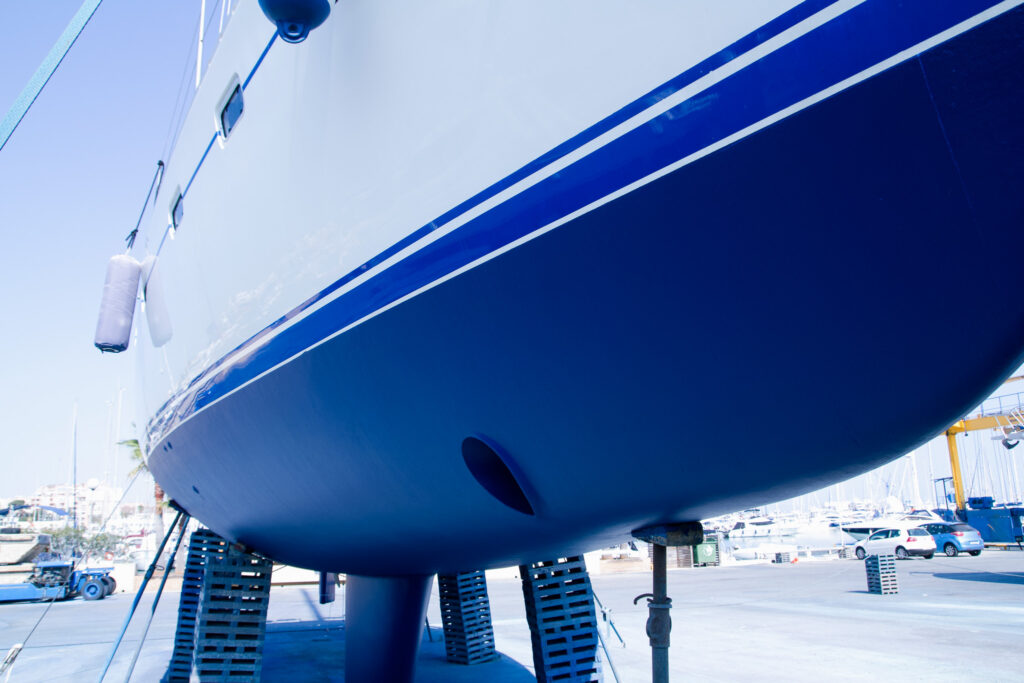Transport
Transport is one of the fastest growing segments for aerogels. It includes cars, trucks, boats, trains, planes, and various transport containers.
Today’s vehicle manufacturers are faced with several challenges, including adapting to sustainability requirements, the energy transition and new propulsion systems while striving for efficiency, longevity, and safety. This motivates manufacturers to replace existing outdated insulation solutions with new, innovative ones that have better performance. Especially with the ongoing transition to electric vehicles, the transport industry demands thermal insulation that is high-performing, lightweight and fire-retardant. With its unique properties, Quartzene can meet these demands.

Heat-insulating, flame-retardant surface layers and composites
Heating or cooling passenger compartments reduces vehicles’ battery capacity and their range. The transition to electric vehicles presents a need for new insulation solutions as the internal combustion engines will be replaced by electric motors that place new demands on energy and heat management. With Quartzene, efficient insulation is achieved without giving rise to reduced cabin space or high energy consumption, which is a great advantage for electric vehicle manufacturers.
The electrification of our transport systems requires efficient batteries that must be insulated. Non-flammable thermal insulation is important to prevent thermal runaway between battery cells, but above all else, it is important to increase safety. As Quartzene provides high thermal insulation and contributes to flame retardancy, the material offers safe solutions which can be very valuable to battery pack manufacturers. In addition to the fact that Quartzene can be used between battery cells, it can also be used in protective materials on top of the battery cells. This delays thermal runaway from reaching the vehicles’ passenger compartments, thereby increasing the safety of passengers.
Examples of applications
Carrier of copper in antifouling paints
Antifouling paints are used to protect boat hulls from the growth of barnacles, algae, and mussels. Such organisms increase boats’ drag in the water and thus their fuel consumption and exhaust emissions. Copper is the most common active substance in antifouling paints and is very effective in preventing fouling, but when used excessively, the substance can have a negative impact on living organisms in our environment. Our innovative product SeaQare® acts as a carrier of copper in antifouling paints and supports the paints for a controlled release of copper into the environment. The steady state copper release from antifouling paint containing SeaQare® is considerably lower than the copper release from typical commercial antifouling paints, and with SeaQare®, there is no initial burst-out effect after vessel launch. SeaQare® makes it possible to produce antifouling paints with a minimum amount of copper, yet with very high efficacy.
Want to know more?
Contact us or one of our distributors for assistance in finding the right product for you.